
It didn’t take long for the Mongols to conquer most of the known world and barely longer to lose it. Behind the thunder of hooves and battlefield glory was a slow-burning collapse full of messy choices and blind spots. Stick around and see how it all came apart.
Fractured Leadership After Genghis Khan

Power didn’t pass smoothly after Genghis Khan’s death in 1227. His sons and grandsons clashed over succession, igniting a chain of civil wars. Leadership fractured across four competing khanates, including the Golden Horde, Ilkhanate, and Yuan Dynasty. Without a strong central figure, the empire gradually lost internal unity and crumbled from the top down.
Overextension Beyond Sustainable Limits
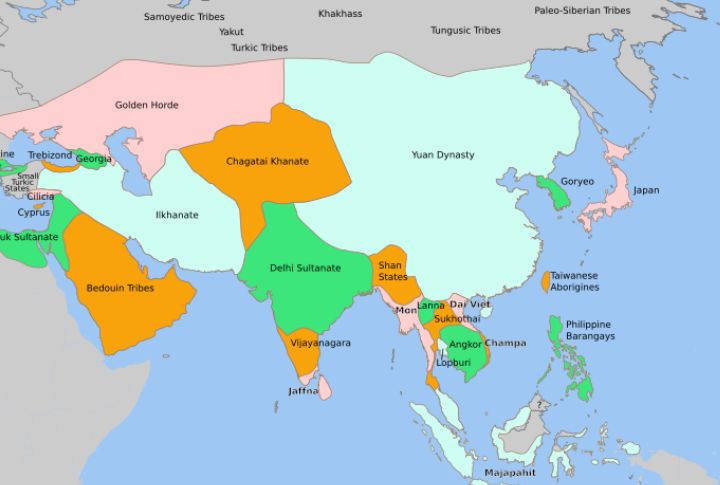
No empire stretched farther—over 9 million square miles—yet such reach came at a cost. Communication between regions took months. Local governors began ruling autonomously, ignoring directives. Vastness didn’t symbolize control; it forecast collapse. Over time, a single administrative body couldn’t realistically manage the fractured sprawl of conquered cultures.
Administrative Challenges And Corruption
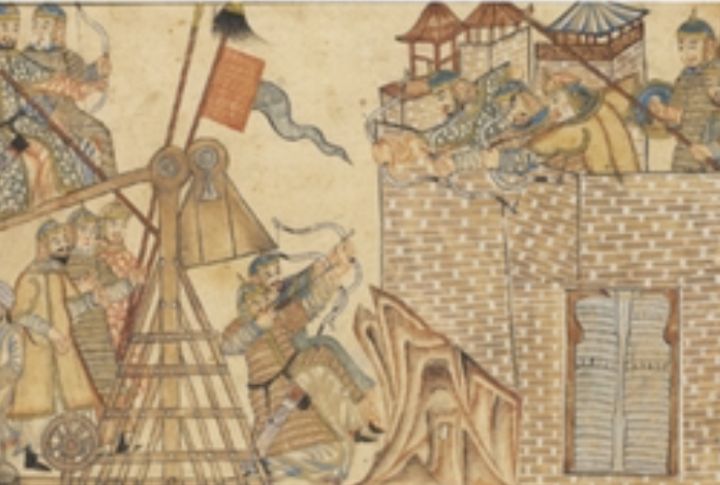
Favoritism took precedence over ability in Mongol bureaucracies. Trusted allies, not skilled administrators, filled key posts, many of whom abused their power. Poor governance triggered unrest among conquered populations. As inefficiency mounted, the empire’s structure eroded faster than any enemy could have managed from the outside.
Economic Strains And Fiscal Mismanagement
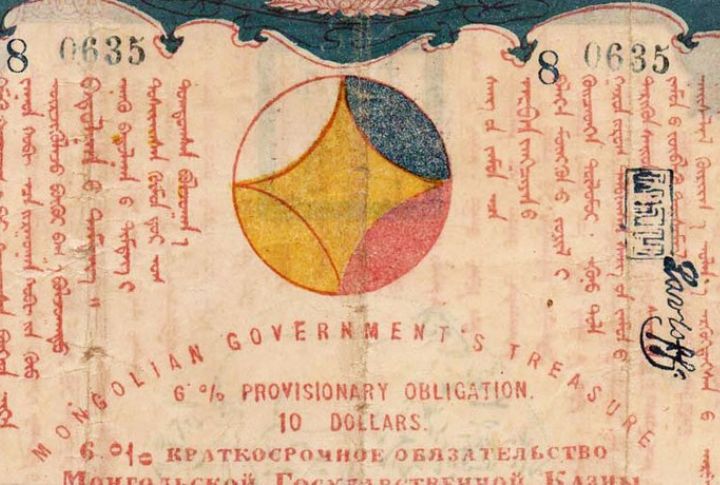
Inflated paper currency, unsupported by hard assets, triggered widespread economic instability. Taxes increased to fund wars and luxury, burdening already strained local economies. The Great Yuan, for instance, collapsed under financial chaos. Economic decay didn’t just hurt trade—it weakened the political legitimacy of Mongol rule.
The Devastating Impact Of The Black Death

What happens when half your population dies within decades? The bubonic plague ravaged trade routes, killing millions across Eurasia. Soldiers, merchants, and farmers alike fell. Labor shortages crippled armies and economies. The empire’s greatest strength—its interconnectedness—became the perfect vessel for the most lethal pandemic of its time.
Cultural Assimilation Diluting Mongol Identity
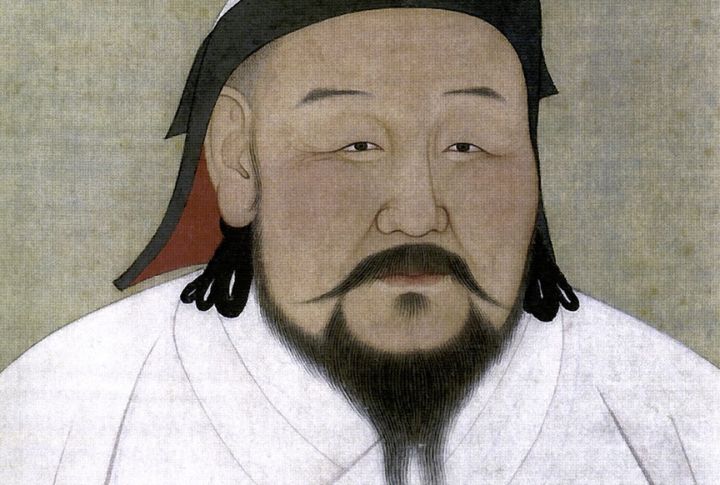
Trying to rule China, Kublai Khan went all in—silks, ceremonies, and Confucian flair. But the more he played emperor, the less Mongol he seemed. Soldiers and nobles noticed. The culture that once conquered empires slowly eroded from within, all for an image that didn’t quite fit the saddle-born ruler.
Military Setbacks And Stalled Expansion
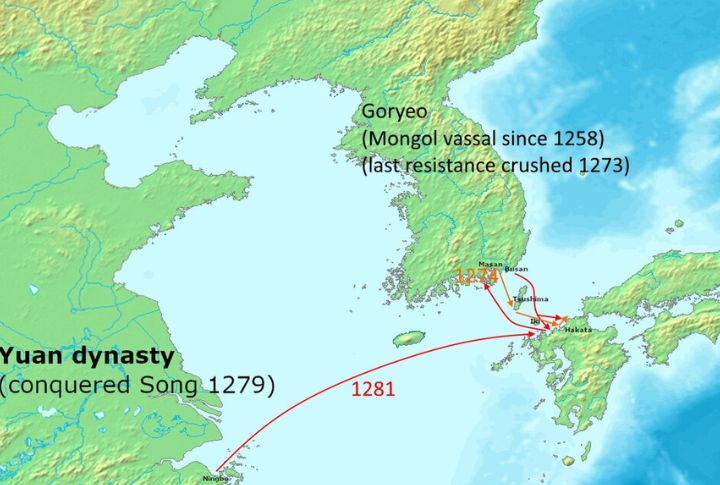
The Mongols’ aura of invincibility faded after their failed attempts to invade Japan in 1274 and 1281. Naval losses, typhoons, and overreach exposed Mongol vulnerabilities. These defeats inspired insurgencies in other regions. Military momentum, once unstoppable, gave way to hesitation, draining the empire of the confidence that had fueled its conquests.
Environmental Degradation And Agricultural Decline
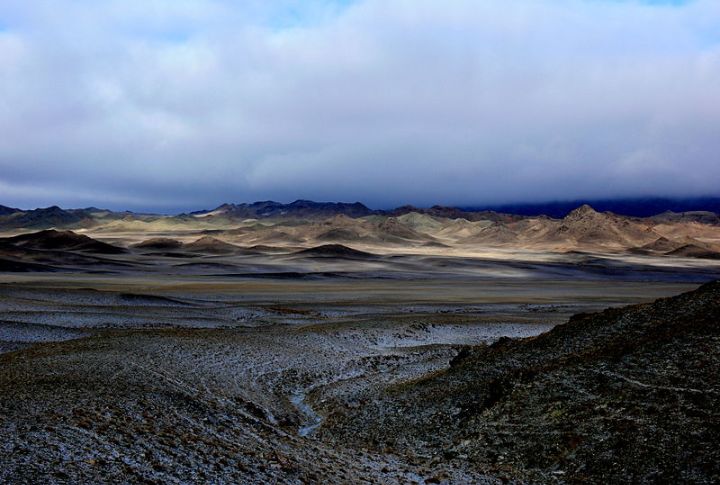
Years of overgrazing degraded pastureland, which was critical to Mongol survival. Eroded soil and desertification made food production unreliable. Climate shifts only worsened shortages. The empire, once powered by its horses and herders, couldn’t sustain itself. Without nourishment, even the strongest political system begins to starve from within.
Rise Of Powerful Rivals And Rebellions

China’s Ming Dynasty was a revenge story. While Mongol rule weakened, local powers rose swiftly. Regions such as Persia and Russia turned inward or rebelled entirely. These were coordinated strikes at an empire losing grip on every front.
Lack Of Innovation And Strategic Adaptability

At first, the Mongols were tactical geniuses. They tricked and blitzed their way to glory. But as time passed, the playbook stayed the same. While rivals leveled up, the Mongols coasted on old wins. Innovation stalled—and in warfare, what doesn’t evolve eventually gets outplayed.

